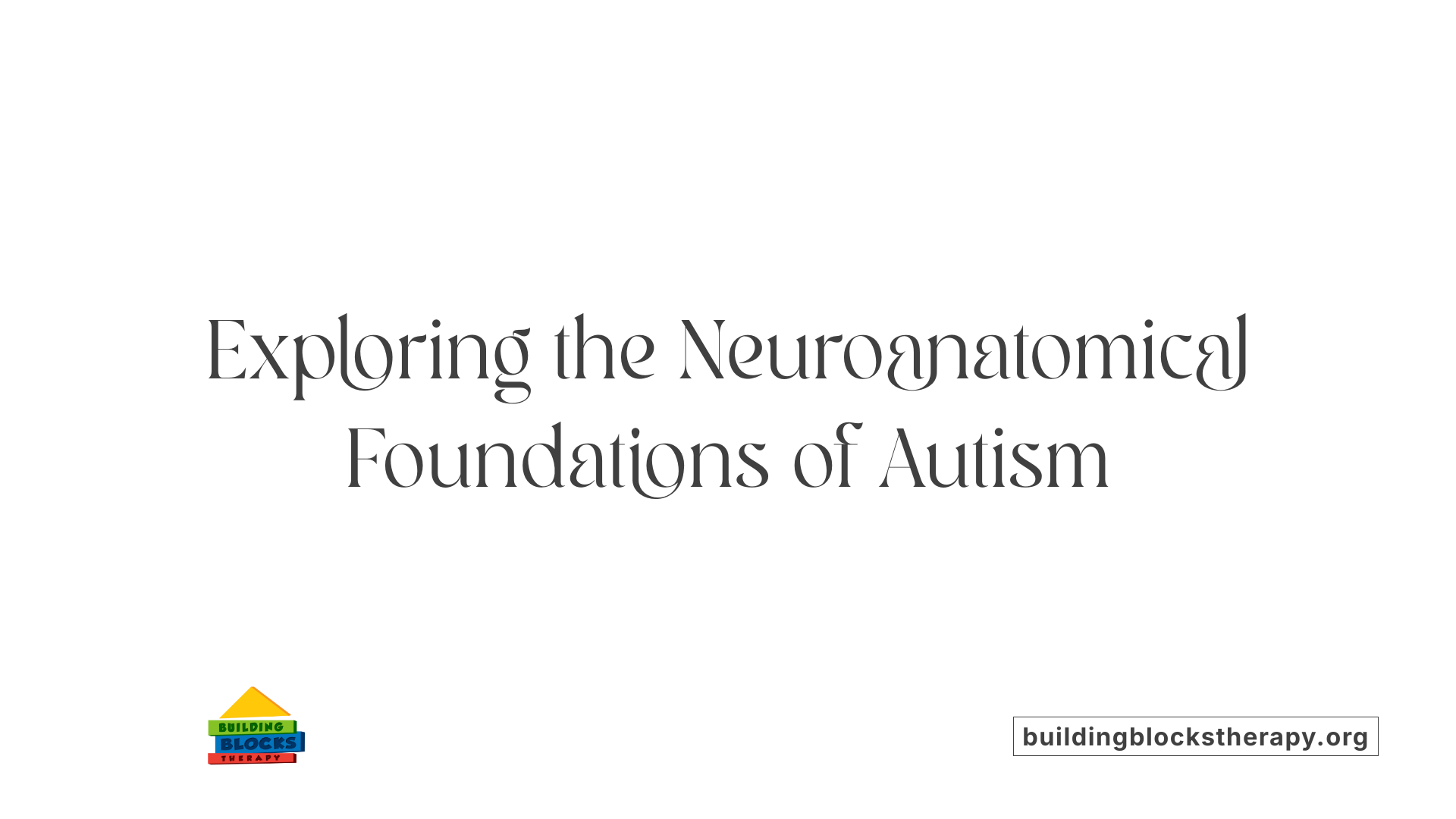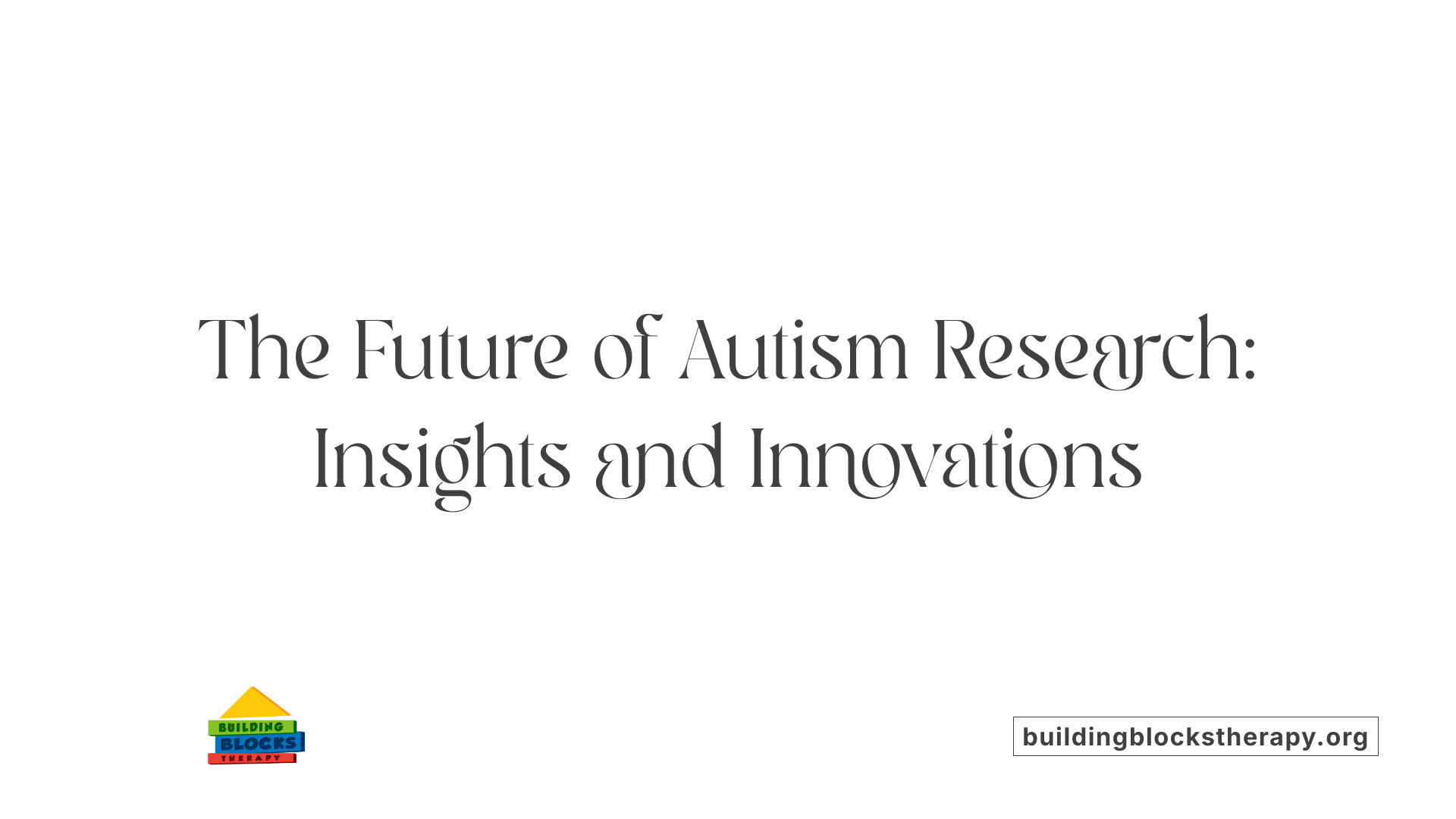Understanding the Complexities of the Autistic Brain
The comparison between autistic and neurotypical brains reveals profound differences in structure, connectivity, and development. Recent advances in neuroimaging, genetics, and molecular biology have begun to map the unique neural landscape of autism, offering insights into the biological underpinnings of the condition and guiding future diagnostics and therapies.
Core Neural and Structural Variations in Autism

What is the core neuroanatomical difference between autistic and neurotypical brains?
Autistic brains show several notable neuroanatomical features that distinguish them from neurotypical brains. One major difference is the increased thickness of the cortex in regions such as the anterior cingulate cortex and temporal gyri, which are involved in social cognition and language processing. These areas tend to overgrow during early development. Additionally, structures like the amygdala, which is central to processing emotions, have been observed to be enlarged in young children with autism, although its size may decrease or normalize later in life. Variations in white matter organization and complex connectivity patterns are also characteristic, affecting how different brain regions communicate.
When does the autistic brain typically stop developing?
Developmentally, the autistic brain experiences rapid growth during the first two years of life, marked by an overgrowth of several regions. This early acceleration is followed by a slowing or normalization phase during adolescence. Research suggests that some aspects of brain development may continue into early adulthood, with ongoing changes in brain plasticity and connectivity. Such trajectories highlight the dynamic nature of neurodevelopment in autism, with potential periods of stability and change throughout the lifespan.
How does neuronal density differ in autistic brains?
Studies indicate that neuronal density in autistic individuals varies across different brain regions. Children with autism often have lower neuron density in areas related to reasoning, memory, and social understanding, such as parts of the prefrontal cortex. Conversely, the amygdala tends to have higher neuron density, reflecting its role in emotion and sensory processing. Importantly, abnormal synaptic pruning—a natural developmental process where excess synapses are eliminated—leads to an overabundance of synaptic connections, impacting neural communication. These structural features can influence cognitive abilities and behaviors associated with autism.
Functional and Connectivity Differences in Autism
How do brain development and connectivity differ in individuals with autism?
People with autism often exhibit distinctive patterns of brain development and neural connectivity. Neuroimaging studies show increased short-range overconnectivity—meaning connections within local circuits are overly active—while long-range connectivity between distant brain regions is reduced. This imbalance impacts how different parts of the brain communicate, affecting social cognition, sensory experiences, and adaptive behaviors.
Early brain overgrowth, particularly in the first years of life, appears to give way to atypical maturation of neural networks, influencing developmental trajectories. These connectivity adjustments can lead to difficulties in integrating information across multiple brain systems, which is often reflected in the core features of autism, like social challenges and sensory processing differences.
What do neuroimaging studies tell us about structural and functional brain differences?
Neuroimaging techniques, such as MRI and functional MRI (fMRI), provide insights into how the brains of autistic individuals differ structurally and functionally from neurotypical brains. These studies reveal variations in regional brain volume, with enlarged areas like the amygdala and specific cortical regions during early childhood, followed by normalization or reduced size later on.
Additionally, abnormal cortical folding patterns and altered patterns of neural activity—such as decreased responses to social stimuli or heightened activity in sensory regions—are common findings. In infants at high risk for autism, early abnormalities in neural connectivity and responses to stimuli suggest that these deviations from typical development precede behavioral symptoms, highlighting the importance of early detection.
Are there differences in brain activity and functional connectivity between autistic and neurotypical individuals?
Yes, functional neuroimaging studies have shown that autistic people usually display reduced intersubject correlation (ISC)—a measure of synchronized brain activity—especially in regions involved in social cognition like the insula, anterior cingulate cortex, and the posterior cingulate cortex. This indicates less coordinated brain activity during social and emotional processing.
Furthermore, decreased functional connectivity exists between the frontal regions, responsible for decision-making and social behavior, and posterior regions involved in perception and sensory integration. These differences contribute to challenges in social perception, emotion regulation, and interpreting social cues.
| Aspect | Typical Development | Autism Spectrum | Implications |
|---|---|---|---|
| Connectivity | Balanced long- and short-range | Increased short-range, decreased long-range | Affects neural network integration and social cognition |
| Brain activity | Synchronized during social tasks | Reduced synchrony, especially in social areas | Leads to social and communication difficulties |
| Structural features | Typical cortex folding and volume | Variations like altered cortical folding and regional volume | Impact behavioral and sensory processing |
Understanding these differences can guide targeted interventions, potentially improving social skills and sensory management in autism.
Genetic and Molecular Insights into Autism
Are there genetic contributors to the neurological differences in autism?
Numerous risk genes, including CHD8, SHANK3, and the 16p11.2 region, are linked to structural and functional brain variants seen in autism. These genetic factors influence how the brain develops, its connectivity, and neuronal shape, contributing to the wide spectrum of neural features observed in ASD.
Both common genetic mutations and rare variants play roles in shaping brain architecture. These genetic influences are thought to underlie the neurobiological diversity among individuals with autism, impacting processes from early brain growth to connectivity patterns.
What molecular changes are observed in autistic brains?
Research has demonstrated notable molecular differences in the brains of autistic individuals. Increased expression of stress-related proteins like heat-shock proteins indicates an immune response to internal or external stressors.
Altered gene expression linked to inflammation, immune activity, and neurotransmission is prevalent. For instance, researchers observe decreased GABA synthesis, affecting inhibitory neural signals, and disruptions in insulin signaling pathways that can impair neuron communication.
These molecular alterations are age-dependent, meaning they shift over a person’s life, potentially influencing the course and severity of autism symptoms. Overall, the molecular landscape of autistic brains reflects a complex interplay of biological processes affecting neural function.
How do gene expression patterns relate to autism severity?
Gene expression analyses show significant differences between autistic and neurotypical brains, especially in genes related to neural connectivity, inflammation, and synaptic function.
For example, higher levels of certain autism-associated genes are often linked with more severe behavioral symptoms, such as greater social impairment or increased repetitive behaviors.
This relationship highlights how genetic and molecular mechanisms contribute directly to the manifestations of autism. Understanding these patterns not only clarifies the biological basis of symptom severity but also opens pathways for targeted interventions and personalized treatment strategies.
Developmental Trajectories and Lifespan Changes
At what stages does the autistic brain develop differently from a typical brain?
Autistic brains exhibit atypical development early in life, particularly during the first two years. During this period, rapid overgrowth occurs in regions such as the cortex and limbic areas, which are critical for learning, memory, and emotional regulation.
Following this early phase of accelerated growth, development slows down or stabilizes during later childhood and adolescence. In some cases, growth may even arrest or show signs of decline in adulthood. Throughout the lifespan, the brain continues to adapt through neuroplasticity, but its developmental trajectory in autism diverges markedly from that of neurotypical individuals.
When does brain development in autism typically stabilize or decline?
Brain development in autistic individuals often peaks early, with overgrowth reaching its maximum in the first few years of life. After this, many regions show a slowdown in growth or normalization during adolescence. In some cases, signs of neural decline or degeneration can appear by early adulthood.
These changes reflect the complex and dynamic nature of neural development in ASD. The initial early overgrowth may be followed by altered pruning and connectivity, influencing cognitive and behavioral outcomes into later stages.
How does synaptic density vary with age and development?
Synaptic density in the autistic brain tends to be lower in adults, correlating with core features such as social and communication difficulties. Interestingly, during childhood, the process of synaptic pruning—which reduces excess synapses—is often slowed. This results in an excess of synaptic connections in certain brain areas.
The excess synapses can impair neural communication and lead to atypical processing. As development progresses, the lower synaptic density observed in adults may reflect these early pruning differences and their long-term impact, which are associated with the severity of autistic traits.
Implications for Diagnosis and Intervention

What are the potential biological markers for autism?
Differences in synaptic density, brain volume, connectivity patterns, and gene expression profiles are increasingly recognized as biological markers for autism. For example, neuroimaging studies reveal that autistic adults tend to have about 17% lower synaptic density across the brain, which correlates with the severity of symptoms such as social and communication challenges. Additionally, abnormalities in brain structures—like the overgrowth in certain regions during early development—and altered gene expression related to neural connectivity and inflammatory responses provide valuable diagnostic insights. These markers could aid in earlier diagnosis and facilitate personalized treatment approaches.
How do neuroimaging findings contribute to early detection?
Neuroimaging tools like functional MRI and diffusion magnetic resonance imaging (dMRI) are vital in identifying atypical brain features in infants and young children at high risk for autism. They can detect abnormal connectivity, such as increased short-range and decreased long-range connections, and structural differences like altered gray and white matter, often before behavioral symptoms become apparent. By observing neural responses—such as reduced intersubject correlation during social perception tasks—clinicians can diagnose autism earlier and implement interventions during critical developmental windows, potentially improving long-term outcomes.
What future directions are promising for targeted therapies?
Research suggests potential for therapies that intervene at the genetic and neural circuit levels. For instance, targeting specific gene pathways involved in inflammation, immune responses, and neurotransmitter function could modify developmental trajectories. Modulating neural connectivity through approaches like neurostimulation or behavioral interventions tailored to individual connectivity profiles offers another promising avenue. Advances in understanding the molecular basis of autism—such as the role of oxytocin and immune-related genes—may lead to personalized treatments that address core biological dysfunctions and improve social and cognitive functioning.
| Aspect | Current Understanding | Future Potential | Illustration |
|---|---|---|---|
| Biological Markers | Synaptic density reduction, gene expression differences | Early detection via biomarkers in high-risk infants | Neuroimaging, blood tests |
| Early Detection Tools | Functional and structural MRI abnormalities | Use in neonatal screening | Infant neuroimaging studies |
| Targeted Therapies | Genetic, neural, immune pathways | Personalized medicine approaches | Pharmacological, behavioral therapies |
Summary and Outlook
 Integrating molecular, structural, and functional data creates a more complete picture of autism, showing how genetic, brain architecture, and neural connectivity differences contribute to diverse behaviors.
Integrating molecular, structural, and functional data creates a more complete picture of autism, showing how genetic, brain architecture, and neural connectivity differences contribute to diverse behaviors.
Genetic studies reveal gene expression shifts linked to inflammation, immune responses, and neural signaling, while neuroimaging uncovers structural changes like altered synaptic density and brain region growth patterns across the lifespan.
Functionally, differences in neural connectivity and brain activity patterns are associated with social, communication, and sensory processing features of autism.
Lifespan research is crucial as it demonstrates how brain development patterns change from infancy through adulthood, influencing diagnosis and intervention strategies. It highlights that autism is a dynamic condition, with brain structures and functions evolving over time.
Looking ahead, future studies aim to refine diagnostic biomarkers, develop personalized treatments, and explore sex-specific brain differences. Longitudinal, multi-modal approaches will be central to understanding the neurodevelopmental trajectories unique to each individual.
Overall, moving toward integrated, lifespan-focused research promises to enhance understanding of autism’s complexity, ultimately improving outcomes and quality of life for those affected.
Looking Forward: Bridging Science and Support
As research continues to unravel the intricate differences between autistic and neurotypical brains, the importance of early diagnosis, personalized interventions, and lifespan approaches becomes clearer. Scientific advancements promise more effective therapies and improved quality of life for individuals with autism, fostering a deeper understanding of this complex neurodevelopmental spectrum.
References
- A Key Brain Difference Linked to Autism Is Found for the First Time ...
- Autism Spectrum Disorder: Autistic Brains vs Non ... - HealthCentral
- Autistic Brain vs Normal Brain | UCLA Medical School
- The neuroanatomy of autism – a developmental perspective - PMC
- Four Different Autism Subtypes Identified in Brain Study | Newsroom
- Study reveals differences in brain structure for older autistic adults
- UC Davis study uncovers age-related brain differences in autistic ...
- Brain changes in autism are far more sweeping than ... - UCLA Health
- The brains of high functioning autistic individuals do not synchronize ...






